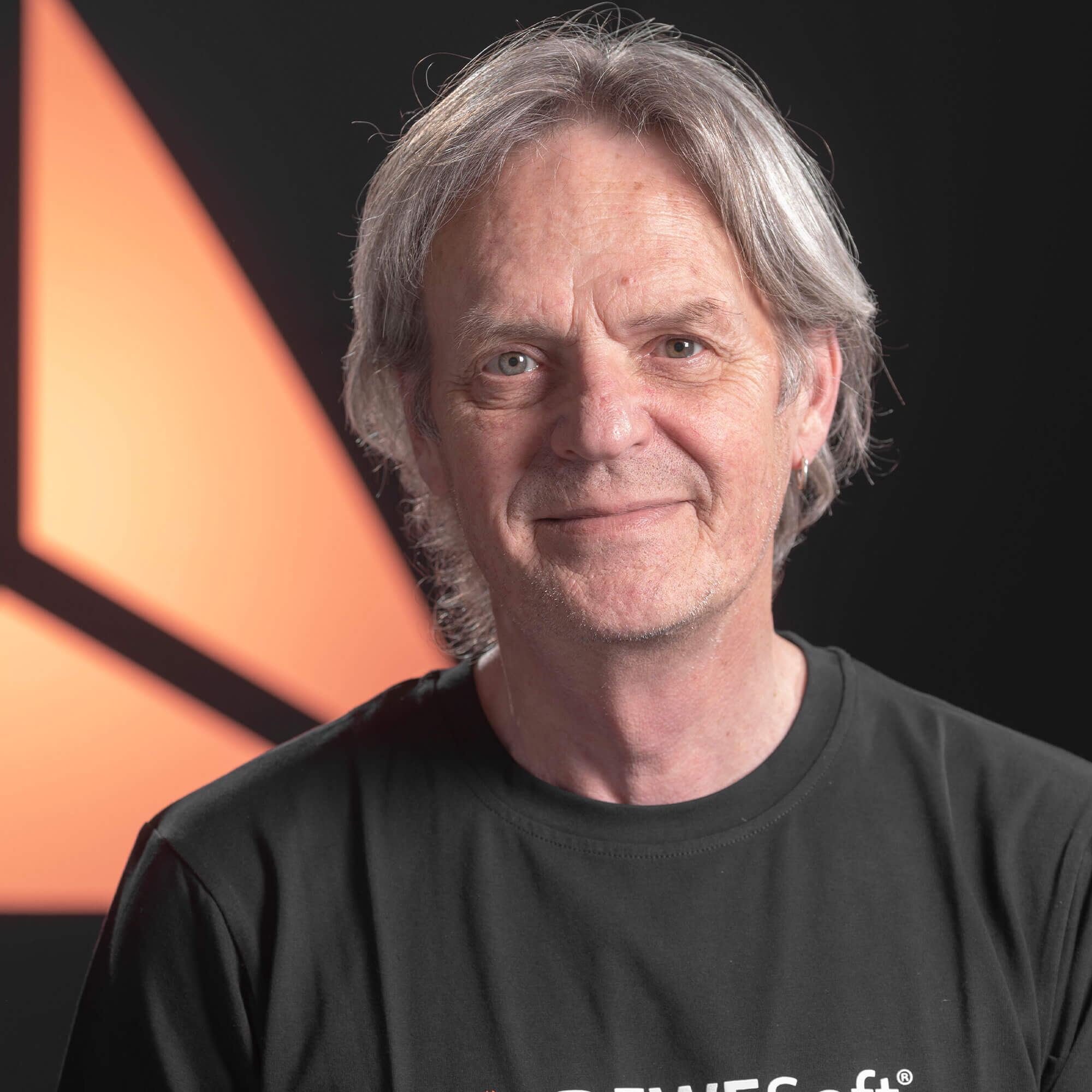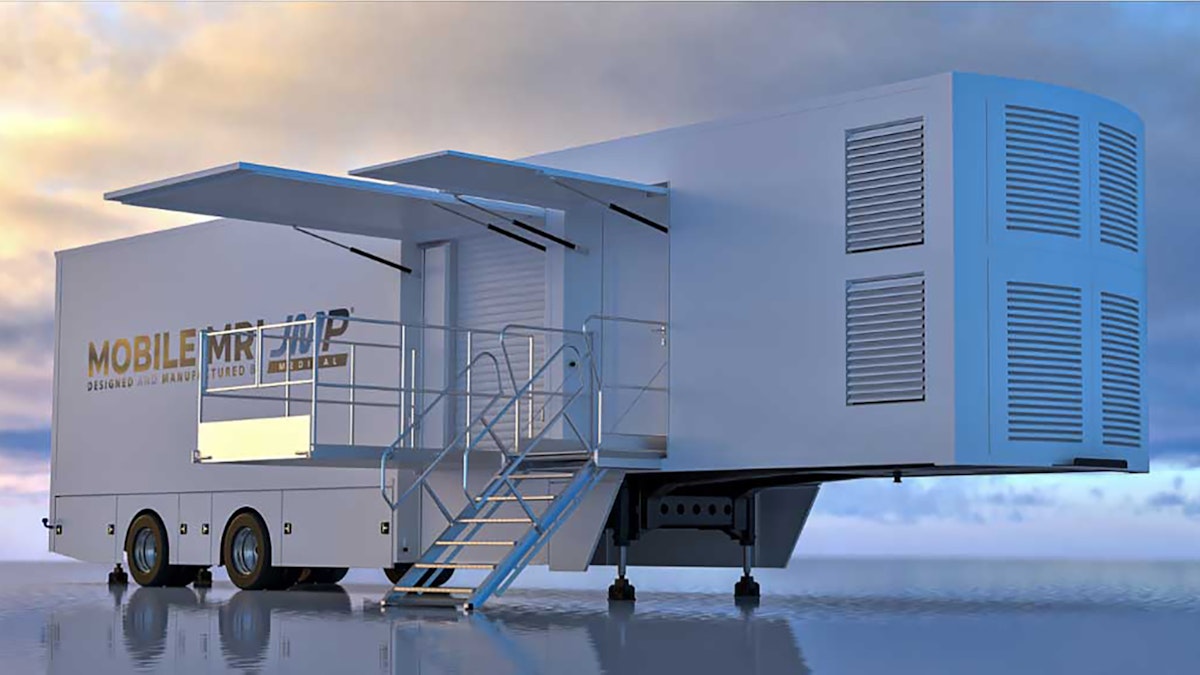Table of contents
Browse categories
Browse authors
 AB
ABAlberto Boffi
 AL
ALAlessia Longo
 AH
AHAl Hoge
 AB
ABAljaž Blažun
 BJ
BJBernard Jerman
 BČ
BČBojan Čontala
 CF
CFCarsten Frederiksen
 CS
CSCarsten Stjernfelt
 DC
DCDaniel Colmenares
 DF
DFDino Florjančič
 EB
EBEmanuele Burgognoni
 EK
EKEva Kalšek
 FB
FBFranck Beranger
 GR
GRGabriele Ribichini
Glacier Chen
 GS
GSGrant Maloy Smith
 HB
HBHelmut Behmüller
 IB
IBIza Burnik
 JO
JOJaka Ogorevc
 JR
JRJake Rosenthal
 JS
JSJernej Sirk
 JM
JMJohn Miller
 KM
KMKarla Yera Morales
 KD
KDKayla Day
 KS
KSKonrad Schweiger
Leslie Wang
 LS
LSLoïc Siret
 LJ
LJLuka Jerman
 MB
MBMarco Behmer
 MR
MRMarco Ribichini
 ML
MLMatic Lebar
 MS
MSMatjaž Strniša
 ME
MEMatthew Engquist
 ME
MEMichael Elmerick
 NP
NPNicolas Phan
 OM
OMOwen Maginity
 PF
PFPatrick Fu
 PR
PRPrimož Rome
 RM
RMRok Mesar
 RS
RSRupert Schwarz
 SA
SASamuele Ardizio
 SK
SKSimon Kodrič
 SG
SGSøren Linnet Gjelstrup
 TH
THThorsten Hartleb
 TV
TVTirin Varghese
 UK
UKUrban Kuhar
Valentino Pagliara
 VS
VSVid Selič
 WK
WKWill Kooiker
Vibration Analysis of MRI Scanner Mounting Points in a Semi-Trailer

Carsten Frederiksen && Mikołaj Małecki and Borys Michalak
ENVIBRA Test & Measurement, JMP Medical
May 22, 2023
Magnetic resonance imaging (MRI) is a medical imaging technique used in radiology to form pictures of the human body’s e anatomy and physiological processes. Most MRI machines are large, tube-shaped magnets.
Our customer JMP Medical who specializes in supplying mobile medical units and MRI storage is working to design and create a mobile MRI laboratory inside the semi-trailer of a truck. ENVIBRA supplied a Dewesoft measurement solution to do the vibration analysis at the scanner’s resonance attachment points.

JMP Medical is the manufacturer of high-end specialized mobile and relocatable medical units. It supplies worldwide healthcare providers by offering relocatable MRI/CT buildings, mobile X-ray and mammography trucks, mobile primary care units, and modular labs.
The advantages of such mobile medical solutions are to:
bypass space shortage,
improve patient throughput,
create the possibility to offer local MRI/CT healthcare service,
avoid healthcare service disruptions during facility renovation or system replacement,
reach patients located distantly, and
place auxiliary CT Scanner Unit dedicated to a distinct group of patients (e.g., infected).
The mobile MRI laboratory
JMP Medical’s R&D department is constantly testing and researching in response to market needs. This project is co-financed by the European Union from the European Regional Development Fund under the Intelligent Development Program. It is implemented as part of a competition of the National Center for Research and Development.
The product of the project will be an innovative magnetic resonance imaging laboratory on a semi-trailer. It aims to provide the possibility of temporary MRI examinations in a healthcare facility and to constitute a fully mobile diagnostic laboratory. The first trailer is in production and the prototype will be tested later this year. The MRI trailer will meet all the requirements for 1.5T MRI laboratories to ensure the highest standard of safety and quality of imaging.
Research and development works will be carried out in 4 stages. When implemented the project will ensure the possibility of performing magnetic resonance imaging at healthcare facilities where the installation of a stationary laboratory is impossible due to limitations in space, lack of adequate load-bearing capacity of ceilings, etc.
MRI noise and vibration
MRI scanners use powerful magnetic fields, magnetic field gradients, radio waves, and computers to generate images of internal human organs. The scanners employ fast switching of currents in the gradient coils to enhance the imaging quality and shorten scanning time. This, however, generates vibration and noise excited by the electromagnetic forces in the gradient coil.
Once the MRI is installed in a building or, as in this case, a trailer, vibration and noise are introduced due to several reasons:
the structural properties of the location of the machinery mounts,
dynamic properties of the supporting structure,
the presence of other machinery,
etc.
The MRI noise is propagated through the structure and the air. It may excite other installations, such as heating, ventilation, and air conditioning (HVAC), to induce more noise, and affect other sensitive equipment. Vibration and noise isolation becomes even more challenging when the structure housing the MRI is not designed for it.
Since the MRI scanners weigh up to thousands of kilograms, structural reinforcement of the floor supporting the MRI may be necessary. This reinforcement may introduce additional transmission paths for the vibration. And the vibration may then further propagate to new parts of the structure.
In short, to prevent any annoyance and unwanted effects on performance a careful study of the MRI noise and vibration properties and the transfer paths is needed. Proper measures are taken accordingly.
ENVIBRA – a Dewesoft partner – is located in Poznan. They specialize in industrial testing machinery and equipment for the simulation, recording, and analysis of dynamic signals. The group of experienced engineers provides the Polish market with devices such as:
vibration analysis systems,
motion simulators,
vibration and pressure sensors,
laser vibrometers,
signal recorders and analyzers,
and dedicated test stands.
Measurement setup
Data Acquisition Hardware
SIRIUSi 6xACC, 2xACC data acquisition system with DualCoreADC technology
SIRIUSi Custom data acquisition system with DualCoreADC technology
SIRIUS SBOX processing computer with built-in 10Hz GPS/GNSS receiver
Single- and triaxial MEMS and piezoelectric (IEPE) accelerometers
10Hz GPS/GNSS receiver
Non-contact, laser displacement sensor, temperature and humidity sensors
The Dewesoft SIRIUS high-dynamic USB and EtherCAT data acquisition slices offer a wide range of configuration possibilities. The SIRIUS DAQs can easily be daisy-chained to extend channel count.
The ultra-rugged SBOX computer and data logger works in tandem with the modular SIRIUS data acquisition systems. It will add SSD data logging and real-time data processing capabilities.
Data acquisition and analysis software
DewesoftX data acquisition software (version X3 SP9)
DewesoftX FFT analysis option
The DewesoftX data acquisition software suite offers advanced data recording, signal processing, data analysis, data visualization, and reporting features.
The Dewesoft FFT analyzer (Fast Fourier transformation) option shows the frequency components of acquired signals in amplitude and frequency. The FFT analyzer in Dewesoft has advanced cursor functions, high freely selectable line resolution, flexible averaging as well as advanced functions for in-depth analysis.
Measurements
The purpose of the test was to perform a vibration analysis at the resonance attachment points on the floor inside the trailer. The aim is to check with the MRI manufacturer’s limits and to confirm simulation models experimentally.
Acceleration was measured during the test ride on a local road as well as in the parking position with the ignition on. Additional parameters were recorded thanks to the flexibility of the SIRIUS units.
Dewesoft SIRIUS signal analyzers with DualCoreADC technology offer excellent dynamic range (up to 160dB) and were used to perform the tests. The signal was recorded with a sampling frequency of 10kHz per channel.
SIRIUS devices offer amazing flexibility to select from many available amplifiers which allow for connecting different transducers. The measurements were made by mounting the accelerometers at two attachment points on both sides of the MRI device.
A measuring system with the necessary cabling has been mounted at the rear of the semi-trailer. During the test, other signals were recorded:
GPS position of the truck
Acceleration on the trailer axle
Displacement (road profile) using a laser sensor
All measurements were synchronized over time.
According to the manufacturer’s requirements, recorded acceleration signals were filtered with a bandpass filter. We have shown a relationship between the truck’s velocity vs. time presenting the speed below and above 50km/h with a different colour.
Using the Math module the functionality of DewesoftX software we could add more information to the graph with all events for which the acceleration threshold was exceeded. This easily permitted the conclusion that for lower speeds the acceleration levels were within the manufacturer’s limits.
Additionally, recorded data such as the road profile allowed us to eliminate errors related to road unevenness. Furthermore, we researched the truck staying in the parking position.
Conclusion
DewesoftX software allowed for fast processing and filtering of the sampled data. Road profile recorded with laser displacement sensor and GNSS data gave an additional input and allowed deeper data analysis and visualization.
The versatility of the proposed measurement solution combined with an intuitive software interface were key factors in the customer’s decision process.
Reference
Khan, Imran: MRI Scanner’s Vibration Isolation: Experimental Measurements, Analysis Techniques, and Analytical Models, January 31, 2017
More information: